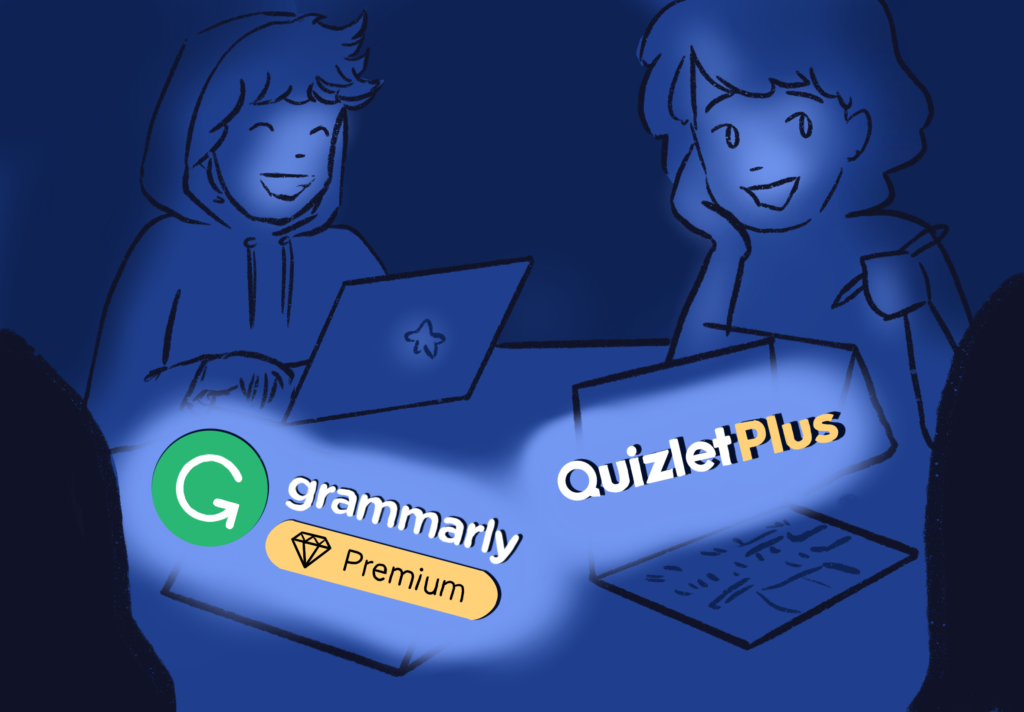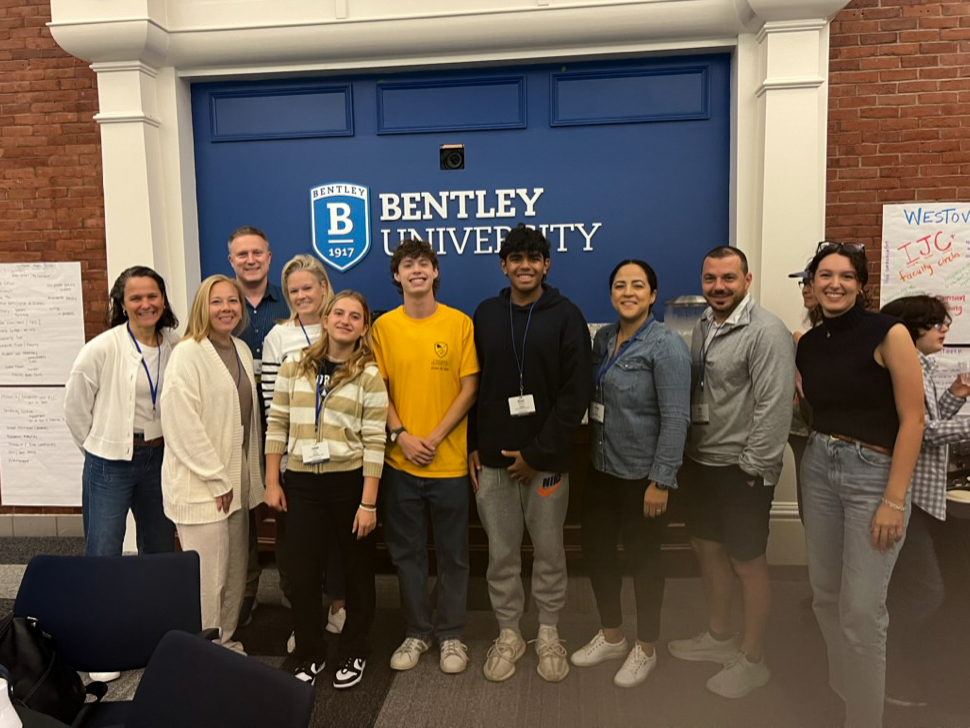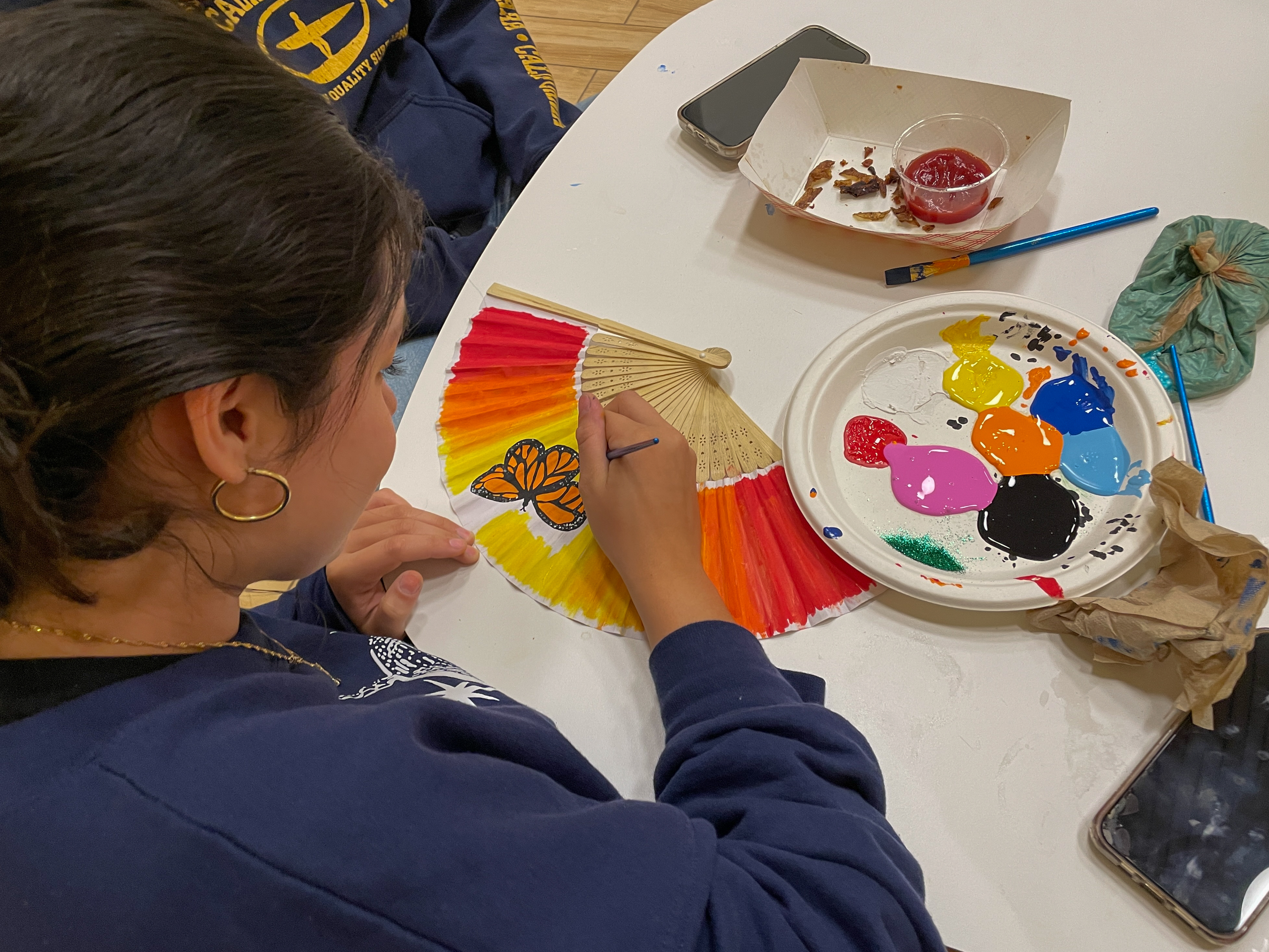Since coming back from Long Weekend, you may have noticed the striking green and black posters around campus advertising the 2018 Student Lectures Series (SLS) given by members of the Science Research Program (SRP). SRP is an intensive signature program that accepts 16 students each year who are divided into two sections: biology and quantitative science.
Over the course of their junior year, these students take an SRP class in which they decode complex research articles, learn common lab skills, and contact laboratories for summer internship opportunities. During their senior fall, students create the SLS presentations as a culmination to their SRP experience.
This week, the senior members of SRP gave their SLS Talks, with presentations occurring on Tuesday and Thursday night from 7:00 to 8:00 p.m. The students presented on a range of topics within the biology and quantitative sciences fields.
While each presentation is 15-minutes long, the SLS Talks only represent a small part of the students’ work. Dr. Selena Gell, the head of the biology section of SRP, said of her students, “By the time they present for SLS, they have had four rounds of editing and their presentation is completely different.”
For her summer research, Meghan Musto ’19, a member of the biology section, spent four weeks focusing on how reward uncertainty changes the incentive value of reward cues, specifically related to gambling. She stated, “I want people to know that when they listen to all of our presentations, that these are the product of a year and three months of work and that they only scratch the surface.”
Sarah Koljaka ’19, who studied the involvement of two specific proteins in the development of meningioma brain cancer, also discussed the difficulties she faced during her work. She said, “What my presentation doesn’t show you is the multiple times each of my experiments failed before they finally worked. If everything I talked about in my presentation had gone perfectly the first time I tried it, my internship would’ve been a lot shorter.”
As part of SRP, students must also make a poster and a research paper to summarize their summer work. However, the work they do to complete the poster and paper do not directly translate into a finished SLS presentation.
“Out of all these three, SLS is the one students stress out about the most because of their audience,” said Dr. Hogue, the director of the quantitative sciences section of SRP. He continued, “A successful SLS Talk is one that makes the audience feel smart.” The hardest part of the talks, as Lani Uyeno ’19 from the biology section said, is “finding a way to convey the research so that the general public will understand. There are a lot of terms that are complex but necessary to include when presenting research. It’s easy for audience members to not understand terms and then be confused for the rest of the presentation.”
While SRP demands maximum effort and dedication from the students, it doesn’t mean that the members haven’t enjoyed their journey. “There were some low moments in junior spring where I questioned the point of a lot of my work,” Musto remembered, “but once you are able to apply the information you spent all year learning, it becomes incredibly rewarding and inspiring.”
Since coming back from Long Weekend, you may have noticed the striking green and black posters around campus advertising the 2018 Student Lectures Series (SLS) given by members of the Science Research Program (SRP). SRP is an intensive signature program that accepts 16 students each year who are divided into two sections: biology and quantitative science.
Over the course of their junior year, these students take an SRP class in which they decode complex research articles, learn common lab skills, and contact laboratories for summer internship opportunities. During their senior fall, students create the SLS presentations as a culmination to their SRP experience.
This week, the senior members of SRP gave their SLS Talks, with presentations occurring on Tuesday and Thursday night from 7:00 to 8:00 p.m. The students presented on a range of topics within the biology and quantitative sciences fields.
While each presentation is 15-minutes long, the SLS Talks only represent a small part of the students’ work. Dr. Selena Gell, the head of the biology section of SRP, said of her students, “By the time they present for SLS, they have had four rounds of editing and their presentation is completely different.”
For her summer research, Meghan Musto ’19, a member of the biology section, spent four weeks focusing on how reward uncertainty changes the incentive value of reward cues, specifically related to gambling. She stated, “I want people to know that when they listen to all of our presentations, that these are the product of a year and three months of work and that they only scratch the surface.”
Sarah Koljaka ’19, who studied the involvement of two specific proteins in the development of meningioma brain cancer, also discussed the difficulties she faced during her work. She said, “What my presentation doesn’t show you is the multiple times each of my experiments failed before they finally worked. If everything I talked about in my presentation had gone perfectly the first time I tried it, my internship would’ve been a lot shorter.”
As part of SRP, students must also make a poster and a research paper to summarize their summer work. However, the work they do to complete the poster and paper do not directly translate into a finished SLS presentation.
“Out of all these three, SLS is the one students stress out about the most because of their audience,” said Dr. Hogue, the director of the quantitative sciences section of SRP. He continued, “A successful SLS Talk is one that makes the audience feel smart.” The hardest part of the talks, as Lani Uyeno ’19 from the biology section said, is “finding a way to convey the research so that the general public will understand. There are a lot of terms that are complex but necessary to include when presenting research. It’s easy for audience members to not understand terms and then be confused for the rest of the presentation.”
While SRP demands maximum effort and dedication from the students, it doesn’t mean that the members haven’t enjoyed their journey. “There were some low moments in junior spring where I questioned the point of a lot of my work,” Musto remembered, “but once you are able to apply the information you spent all year learning, it becomes incredibly rewarding and inspiring.”




